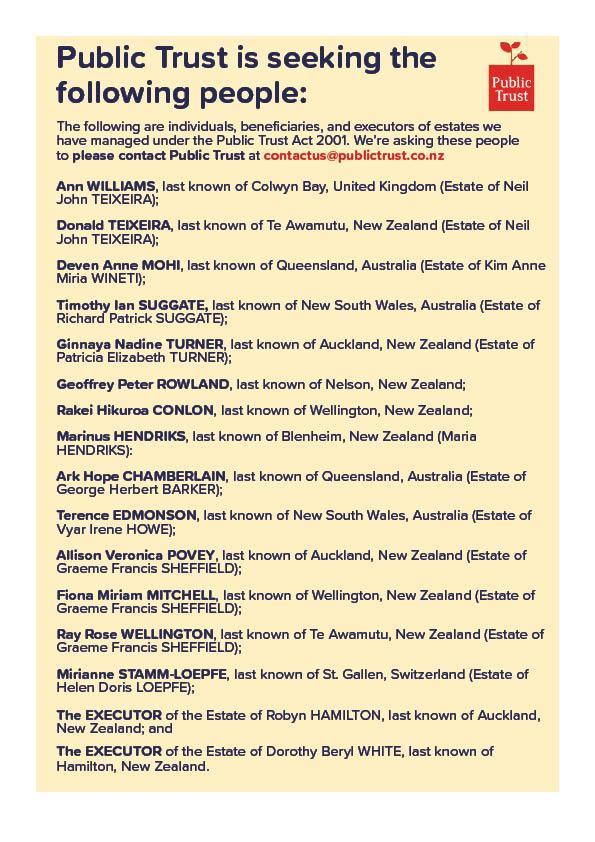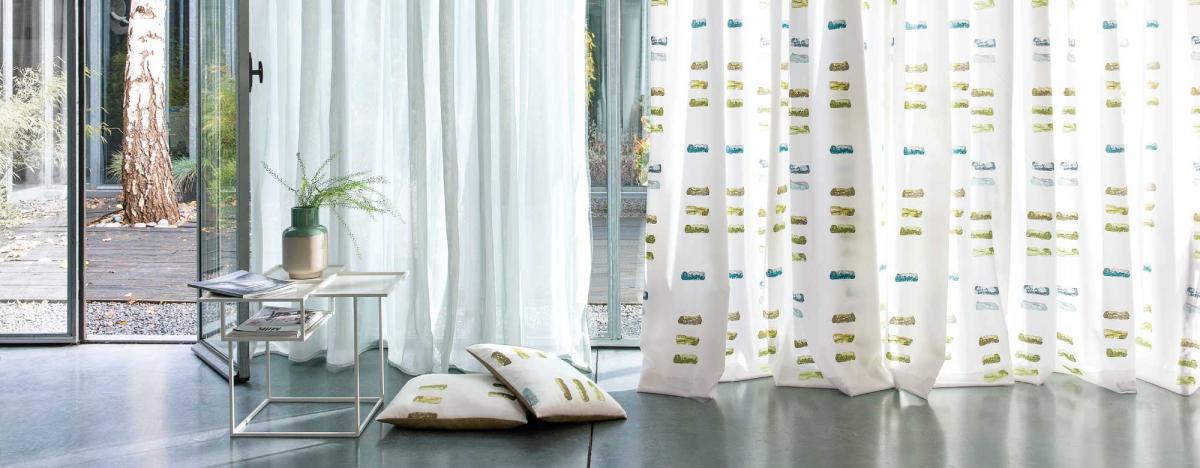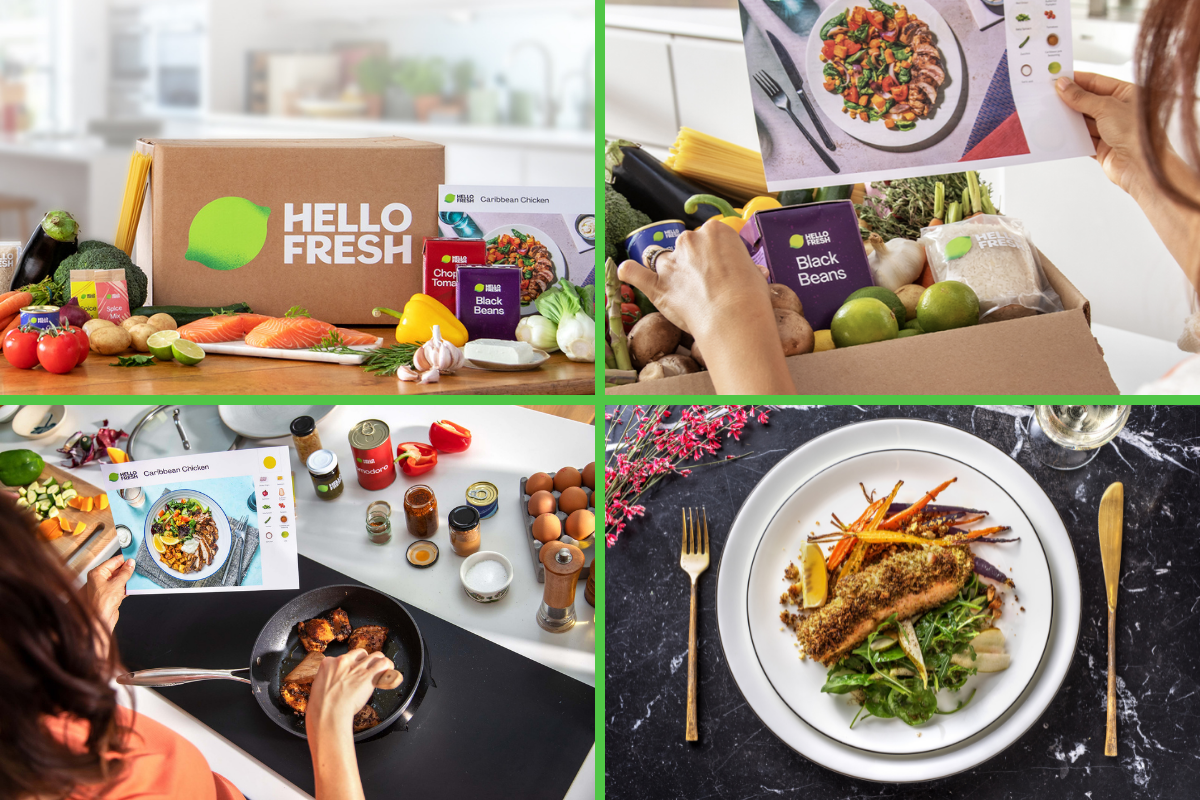
Know what’s happening
Access the private noticeboard for verified neighbours near you. Keep informed about any suspicious activity, send urgent updates to your neighbours when required and discuss emergency planning.
Get to know your neighbours
Browse the directory and start getting to know your neighbours. Don’t want to post to the whole neighbourhood? Send a private message.
Buy, sell and give away
Want to declutter your garage? Buy some used household items? Give away some garden stuff? Become a verified neighbour to browse and post items for sale. Trading is simple when everyone lives nearby.

Discover life at The Bayview
Love stunning views and resort-style living? The Bayview could be your perfect next step.

Thank you for using Neighbourly
You may receive an email confirmation for any offer you selected. The associated companies will contact you directly to activate your requests.
We all value our independence, however over time our needs can change. Assisted-living apartments balance an independence lifestyle in a stylish apartment alongside support that makes life easier. Housekeeping, a chef-prepared meal, activities and outings, it’s the perfect balance.

Great question. Your executor oversees your will when you pass away, so it’s an important job. If things have changed for you or your executor since the days of cassette tapes and telethons, it might be time to appoint a new one.
You can choose a new executor when you … View moreGreat question. Your executor oversees your will when you pass away, so it’s an important job. If things have changed for you or your executor since the days of cassette tapes and telethons, it might be time to appoint a new one.
You can choose a new executor when you update your will – you can even appoint Public Trust, which gives you the reassurance of an executor who is impartial, always available and has the right expertise.
Read on to find out more.

Variety – the Children’s Charity
In neighbourhoods across New Zealand, kids are looking forward to a Christmas that may not happen. Forced to choose between food or bills, hard-working parents like Melody worry whether they’ll be able to provide even the simplest Christmas meal for their children.
“I’ll only eat dinner … View moreIn neighbourhoods across New Zealand, kids are looking forward to a Christmas that may not happen. Forced to choose between food or bills, hard-working parents like Melody worry whether they’ll be able to provide even the simplest Christmas meal for their children.
“I’ll only eat dinner 2-3 times a week so that the children have enough food. This is very stressful… a lot of crying and minimal sleep.”
Food insecurity is the everyday reality for 98.8% of the families Variety helps.
Please donate today to provide grocery support for families like Melody’s this Christmas.
Donate now

The following are individuals, beneficiaries, and executors of estates we have managed under the Public Trust Act 2001. We’re asking these people to please contact Public Trust at contactus@publictrust.co.nz

Get a degree that prepares you for work as a teacher in primary or intermediate schools. Find out more

Robert Anderson from Curtain Clean at Whakatane ChemDry
If you’re considering installing curtains in your home, one of the first things you’ll need to decide is whether you’d prefer to buy ready-made curtains or have them custom-made especially for your home.
Get exactly what you want - There’s no need to compromise when you choose to have … View moreIf you’re considering installing curtains in your home, one of the first things you’ll need to decide is whether you’d prefer to buy ready-made curtains or have them custom-made especially for your home.
Get exactly what you want - There’s no need to compromise when you choose to have your curtains custom-made; you’ll get exactly what you want and it will be the perfect for your space. A good company will send a consultant to meet with you at your home who will bring with them a wide variety of actual fabric samples so you can see how different colours, patterns and textures look in your space.
The right curtains for the right rooms - You’ll get experienced, professional advice about which type of curtains is best for certain rooms and purposes. For instance, if you want curtains for bedrooms where blocking light is the main priority, your consultant will be able to talk you through the different lining options to achieve this.
A perfect fit - Another benefit of having your curtains custom-made is that your window measurements will be taken by someone who really knows what they’re doing.
Excellent quality - There’s no doubt the finished product will be impeccably made with special attention to detail. And there’s peace of mind knowing your curtains are backed by a decent product warranty.
Finance - By choosing a specialist blind manufacturer there may be the possibility of a finance option to help make it affordable.
Professional installation - And the service will be end-to-end with professional installation also often included.
Keep reading: www.curtainclean.co.nz...

"These life changes can have a big impact on your assets, your savings, and your personal belongings, which is why it's important to create or update your will." Bronwyn Cameron Principal Trustee in Christchurch had a chat with Stuff.co.nz recently about why it’s essential to … View more"These life changes can have a big impact on your assets, your savings, and your personal belongings, which is why it's important to create or update your will." Bronwyn Cameron Principal Trustee in Christchurch had a chat with Stuff.co.nz recently about why it’s essential to create a will when you're planning to retire or downsize. Check out the article in the link below.

Our short course will give you the skills to stay connected with your whānau and friends.
Learn how to get online safely and navigate websites and apps with confidence.
We’ll show you how to:
• send and check emails
• use tools to create, organise, and connect with… View moreOur short course will give you the skills to stay connected with your whānau and friends.
Learn how to get online safely and navigate websites and apps with confidence.
We’ll show you how to:
• send and check emails
• use tools to create, organise, and connect with the digital world
• solve common problems using online resources
• explore day-to-day tasks such as online shopping and banking
• stay safe when you’re online
• online and face-to-face class options available
Free classes | Book now - 0800 526 672
Find out more

The Team from Neighbourly.co.nz
Kiwis are now able to download their Covid vaccination certificate, called 'My Vaccine Pass'.
Anyone who is fully vaccinated can request a pass by visiting mycovidrecord.nz or by calling 0800 222 478. The vaccine pass can be downloaded as an image on your phone, added to Apple Wallet … View moreKiwis are now able to download their Covid vaccination certificate, called 'My Vaccine Pass'.
Anyone who is fully vaccinated can request a pass by visiting mycovidrecord.nz or by calling 0800 222 478. The vaccine pass can be downloaded as an image on your phone, added to Apple Wallet or Google Pay, or printed out as a hard copy.
Covid-19 Minister Chris Hipkins has asked people to be patient and request their passes over the next few days, as the website has already seen an overwhelming demand since it was launched this morning.
Passes will not be required to access essential businesses such as schools, supermarkets, or pharmacies, but more details on how they will be implemented are expected to be outlined in the press conference at 1pm today.
What you need to know:
• You can request a vaccine pass at mycovidrecord.nz or by calling 0800 222 478.
• If you don't receive an email with your pass within 24 hours, email the My Covid Record team on help@mycovidrecord.min.health.nz or call 0800 222 478. Check your spam folder first.
• The pass will be required later this year to enter some businesses and venues.
• There are separate passes you can request for domestic use and international travel.
Read more here.

...to nominate a spot in your community needing a splash of colour!
This is the LAST WEEK to make your Resene Colour Your Community nomination so make sure you take a few minutes to share a few words about an organisation, business or community project that needs a bit of a refresh. It could be … View more...to nominate a spot in your community needing a splash of colour!
This is the LAST WEEK to make your Resene Colour Your Community nomination so make sure you take a few minutes to share a few words about an organisation, business or community project that needs a bit of a refresh. It could be for a park bench that's seen better days, a building that's wilting, a children's playground that lost its shine or a wall that's a bit of a bore.
Apply now for up to $1000 worth of Resene paints, wood stains and products to spruce up an area in your 'hood.
There'll be five winners announced later this month - plus you'll be invited to vote for the People's Choice Award.
Nominate now

Hi Neighbour,
Nearing the end of the year is a great time to update your digital tools and sort out your business accounting.
But how good would it be to win it all for free!
Digital Boost has two prize packs up for grabs provided by Microsoft* and MYOB* in our Biz-Boost competition.
Entering … View moreHi Neighbour,
Nearing the end of the year is a great time to update your digital tools and sort out your business accounting.
But how good would it be to win it all for free!
Digital Boost has two prize packs up for grabs provided by Microsoft* and MYOB* in our Biz-Boost competition.
Entering the draw couldn't be easier - just sign in to Digital Boost for free and you’re in with a chance to win one of two Biz-Boost prize packs to boost your business.
If you are already signed up to Digital Boost you can enter too! Simply login to Digital Boost and grow your learning by watching a new How To video between 10th - 30th November, and you're in to win!
For extra chances to win share with friends, family or colleagues.
What are you waiting for? Login and enter today! *Terms and conditions apply.
The Team at Digital Boost
"It's essential that when you're in a blended family, you have a well-written will that takes your relationship and children of each parent into account and that you have considered all the other important aspects like assets and property" David Dunlevey Principal Trustee in … View more"It's essential that when you're in a blended family, you have a well-written will that takes your relationship and children of each parent into account and that you have considered all the other important aspects like assets and property" David Dunlevey Principal Trustee in Invercargill had a chat with Stuff.co.nz on the importance of wills when you have a blended family as part of our Later Life campaign. Check out the article in the link below.

Climate Insights - Bay of Plenty
Hi Neighbours,
As we approach summer we are reminded of the change we are seeing in our New Zealand seasons.
We can all recall the images of the impacts of extreme recent rains in urban Auckland and rural Canterbury. As summer temperatures warm and the season gets longer and longer, the cooling … View moreHi Neighbours,
As we approach summer we are reminded of the change we are seeing in our New Zealand seasons.
We can all recall the images of the impacts of extreme recent rains in urban Auckland and rural Canterbury. As summer temperatures warm and the season gets longer and longer, the cooling degree day analysis and heatwave days can help you to prepare for such events.
Climate Insights has added two new variables to its Residential Property Climate Risk Report: tropical cyclone and tsunami risk. Information is knowledge. A Climate Insights property report on your residential property also includes tips on what can be done to improve the resilience of your property and householders to emerging weather and climate risks. It only takes minutes to generate a report for any address.

The Team from HelloFresh
Hi Neighbours,
Get an exclusive Neighbourly HelloFresh discount for up to $100 off across your first 4 boxes + your 5th box for free with code “HELLONZ”.
Serve up some of our all time favourites, as rated by Kiwis. We'll deliver fresh seasonal produce and easy-to-follow recipe cards … View moreHi Neighbours,
Get an exclusive Neighbourly HelloFresh discount for up to $100 off across your first 4 boxes + your 5th box for free with code “HELLONZ”.
Serve up some of our all time favourites, as rated by Kiwis. We'll deliver fresh seasonal produce and easy-to-follow recipe cards so you can cook up delicious dinners. With no lock-in contracts, 20+ recipes to choose from each week, and plan sizes to suit every household - there's something for everyone!
Order before Tuesday 11:59PM NZDT to get your discount!
Find out more

Boost your professional growth with a qualification in adult teaching and share your expertise! Find out more

 Loading…
Loading…
Are you sure? Deleting this message permanently removes it from the Neighbourly website.
 Loading…
Loading…
© Neighbourly 2025
